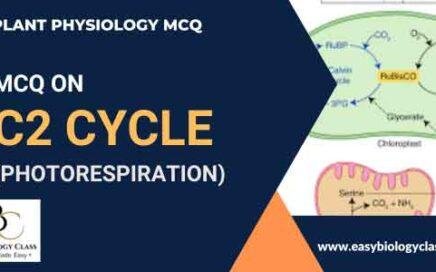
MCQ on Photorespiration (C2 Cycle)
Photorespiration is a process in plants where the enzyme RuBisCO oxygenates RuBP, leading to the release of CO₂ instead of its fixation. This occurs when […]

Photorespiration is a process in plants where the enzyme RuBisCO oxygenates RuBP, leading to the release of CO₂ instead of its fixation. This occurs when […]
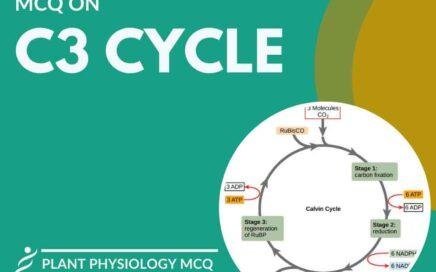
The Calvin cycle, also known as the C3 cycle, is a process in photosynthesis where carbon dioxide is converted into organic compounds like glucose. It […]
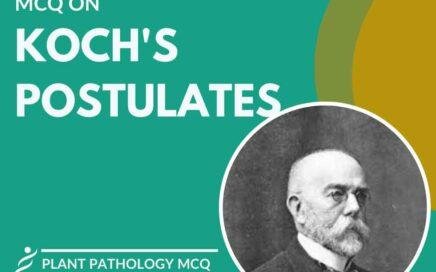
Koch’s postulates are four criteria developed by Robert Koch to establish a causal relationship between a microorganism and a disease. They include isolating the microbe, […]
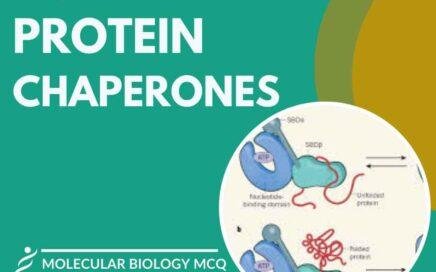
Molecular chaperones are proteins that assist in the proper folding, assembly, and stabilization of other proteins. They prevent misfolding and aggregation, guide proteins to their […]

Caspases are a family of protease enzymes that play essential roles in apoptosis (programmed cell death) and inflammation. They cleave specific proteins at aspartic acid […]
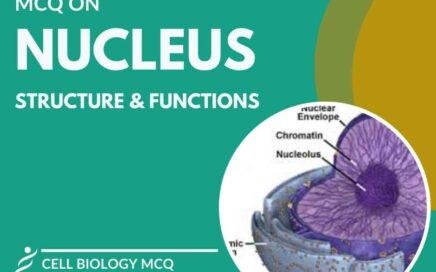
The nucleus is a membrane-bound organelle in eukaryotic cells that contains most of the cell’s genetic material in the form of DNA. It serves as […]
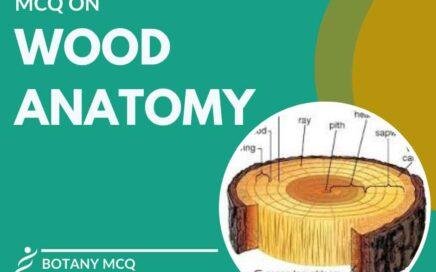
Wood anatomy is the study of the structure and organization of wood tissues. It includes examining cells like vessels, tracheids, fibers, and rays that form […]

Synthetic biology is an interdisciplinary field that applies engineering principles to design and construct biological systems with novel functions. It involves DNA synthesis, genetic engineering, […]

Bioinformatics emerged in the 1960s, integrating biology and computer science to analyze biological data. Early efforts focused on sequence analysis. Advances in computing power and […]